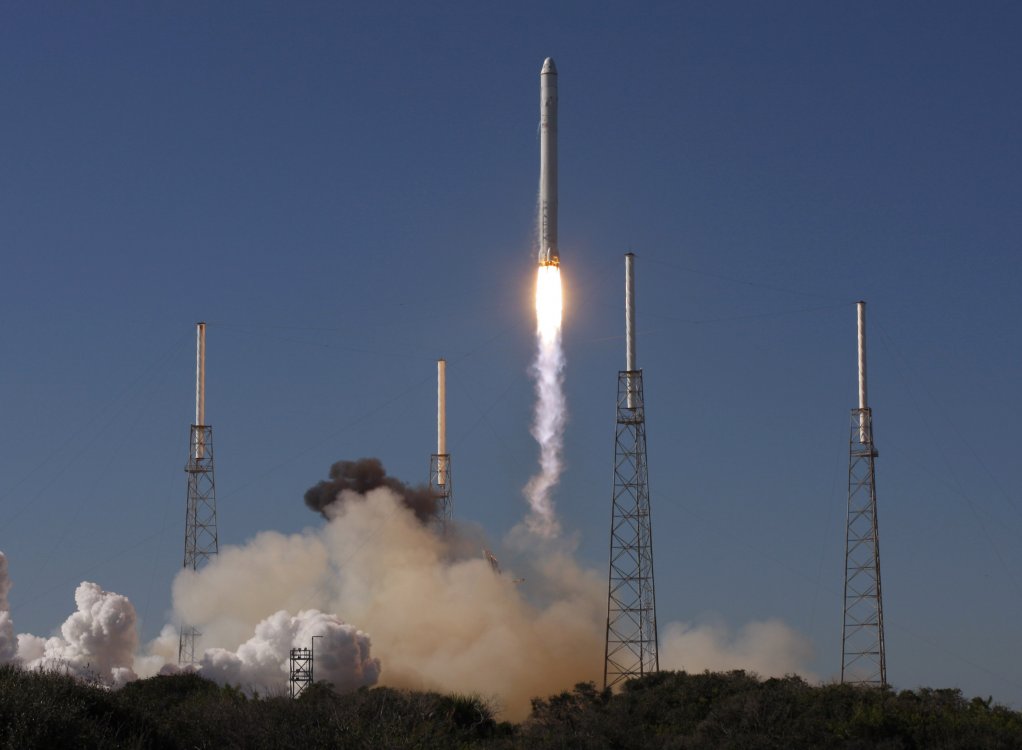Being ‘disruptive’ requires space for creativity, innovation


POSSIBILITIES Incubating ideas until the relevant developments or conditions for their use emerge enables companies to identify and instigate change
Photo by Reuters
Solutions to the problems facing the world today have not yet been conceptualised and the importance of innovation is driving change in business and societies globally, says Internet Solutions MD Saki Missaikos.
The importance of innovation is the ability to conceptualise a new idea first, to find new ways to collaborate and develop products. Innovation has broken the barriers of commerce and industry to which companies must adapt to flourish.
“Before the invention of the automobile in the final years of the nineteenth century, the streets of London and New York were filled with horse manure as a by-product of transport, which was starting to present a problem. After the auto- mobile was introduced, the problem simply vanished. Now we must deal with the problems of fuel efficiency and traffic congestion to enable growth,” he explains.
Missaikos notes that car manufacturing major Ford aims to use software in vehicles to enable improved fuel efficiency through software updates on a regular basis. It also foresees cars connected to a traffic and information network with the aim to alleviate traffic congestion and to reduce pollution through shorter travel times, which are significant problems worldwide.
“These are examples of traditional barriers between industries disintegrating owing to technology, which is paralleled by similar developments and breakthroughs in science and health technologies,” he says.
Technology and innovation author Steven Johnson says that practising innovation requires companies to reserve a space in the work schedule for people to be creative.
Innovation and disruptive technologies emerge through a process of incubation, where a person or group slowly develops an idea, which requires a specific environment to be successful, he says.
“An example is that the idea to use hypertext to share information among researchers at the European Organisation for Nuclear Research (CERN) emerged in 1982, developed by Sir Tim Berners-Lee.
“However, the environment where standard generalised markup language led to a modified hypertext markup language, which was used with transmission control protocol and the domain name system of the Internet to create the Worldwide Web only emerged in 1989, after the Internet had grown sufficiently to act as a basis for this development.”
Companies can encourage innovation by making time available for employees at all levels to be creative in projects that are related to work and are supervised as projects, but do not bear immediate relevance to business.
“As the Worldwide Web project developed in the CERN, there was a discussion to have it patented, but the developers successfully argued for the platform to remain as open for use as the Internet on which is was built. We now all use the Worldwide Web,” explains Johnson.
There are only a finite number of changes that can occur in any environment at a given moment, but incubating ideas until the relevant developments or conditions for their use emerge enables companies to identify and instigate change as a result of innovation.
Disruptive technologies are not necessarily high technology, but they are often the result of a more suitable or effective application of principles to solve problems, adds Johnson.
“Projects where employees can develop their interests and passions in projects that are moni- tored and are vaguely related to business has been proven to drive innovation. Examples include Google Mail, Ad Sense and Google News that were peripheral projects that are now widely used.”
“People need space where they are free to tinker and turn these into new products and developments.”
Every innovation to do something new requires consideration of the context and environment of which the idea is a part, concludes Johnson.
Comments
Press Office
Announcements
What's On
Subscribe to improve your user experience...
Option 1 (equivalent of R125 a month):
Receive a weekly copy of Creamer Media's Engineering News & Mining Weekly magazine
(print copy for those in South Africa and e-magazine for those outside of South Africa)
Receive daily email newsletters
Access to full search results
Access archive of magazine back copies
Access to Projects in Progress
Access to ONE Research Report of your choice in PDF format
Option 2 (equivalent of R375 a month):
All benefits from Option 1
PLUS
Access to Creamer Media's Research Channel Africa for ALL Research Reports, in PDF format, on various industrial and mining sectors
including Electricity; Water; Energy Transition; Hydrogen; Roads, Rail and Ports; Coal; Gold; Platinum; Battery Metals; etc.
Already a subscriber?
Forgotten your password?
Receive weekly copy of Creamer Media's Engineering News & Mining Weekly magazine (print copy for those in South Africa and e-magazine for those outside of South Africa)
➕
Recieve daily email newsletters
➕
Access to full search results
➕
Access archive of magazine back copies
➕
Access to Projects in Progress
➕
Access to ONE Research Report of your choice in PDF format
RESEARCH CHANNEL AFRICA
R4500 (equivalent of R375 a month)
SUBSCRIBEAll benefits from Option 1
➕
Access to Creamer Media's Research Channel Africa for ALL Research Reports on various industrial and mining sectors, in PDF format, including on:
Electricity
➕
Water
➕
Energy Transition
➕
Hydrogen
➕
Roads, Rail and Ports
➕
Coal
➕
Gold
➕
Platinum
➕
Battery Metals
➕
etc.
Receive all benefits from Option 1 or Option 2 delivered to numerous people at your company
➕
Multiple User names and Passwords for simultaneous log-ins
➕
Intranet integration access to all in your organisation



















